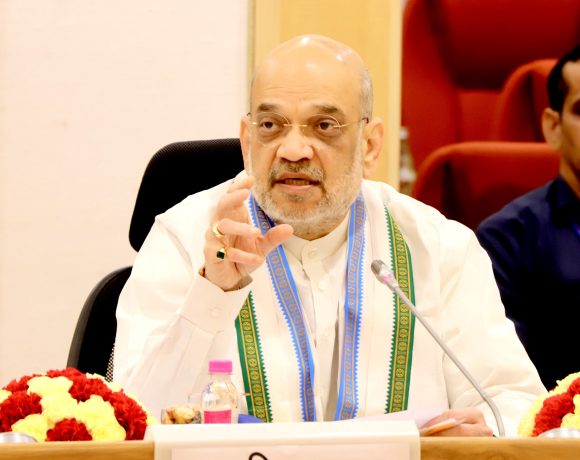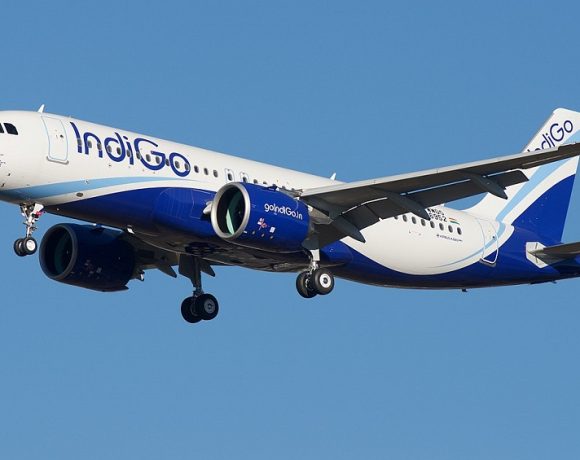
Air India Crash: Black Box Data Downloaded, Probe Underway
India’s civil aviation authorities have successfully extracted critical data from the black box of the ill-fated Air India Flight AI-171, which crashed near Ahmedabad on June 12, killing all 241 on board and 19 people on the ground. This significant development marks a crucial step in unraveling the sequence of events that led to one of the country’s deadliest aviation tragedies in recent history.
The crash-protected memory unit, retrieved from the aircraft’s forward section, contained data from both the Cockpit Voice Recorder (CVR) and the Flight Data Recorder (FDR). The download was completed at the Aircraft Accident Investigation Bureau’s (AAIB) newly equipped lab in Delhi. Experts believe this data will help reconstruct the aircraft’s final moments, potentially providing answers to questions surrounding mechanical failure, crew decisions, or systemic lapses.
Focus of the Investigation
A multi-disciplinary team, which includes members of India’s aviation safety agencies and representatives from the U.S. National Transportation Safety Board (NTSB), is currently analyzing the data. The team is examining critical elements such as engine behavior, communication between pilots, system warnings, and any signs of flight control failure. This could confirm or dismiss speculations regarding dual-engine failure, bird strike, autopilot malfunction, or possible flap misconfiguration.
The investigative team is also looking into whether the aircraft’s Ram Air Turbine (RAT)—an emergency power generator—was deployed, indicating total power failure. Analysts expect that the CVR data will shed light on cockpit conversations, which may help identify what the crew experienced in the final minutes of the flight.
Timeline and Transparency
Under international norms, a preliminary report is expected within 30 days, though the complete investigation could take up to a year. Authorities have not yet appointed a lead investigator, but they have confirmed that the black box remains in India and will not be sent abroad unless decoding requires external expertise.
This incident has placed India’s aviation safety protocols under the microscope. The findings from the black box are expected to not only clarify the causes of the crash but also lead to recommendations for improving pilot training, emergency response mechanisms, and aircraft maintenance oversight—especially for Boeing 787 Dreamliners.
As families of the victims await answers, the retrieval of the black box data offers a glimmer of hope that the truth behind this devastating crash will soon be uncovered.


















